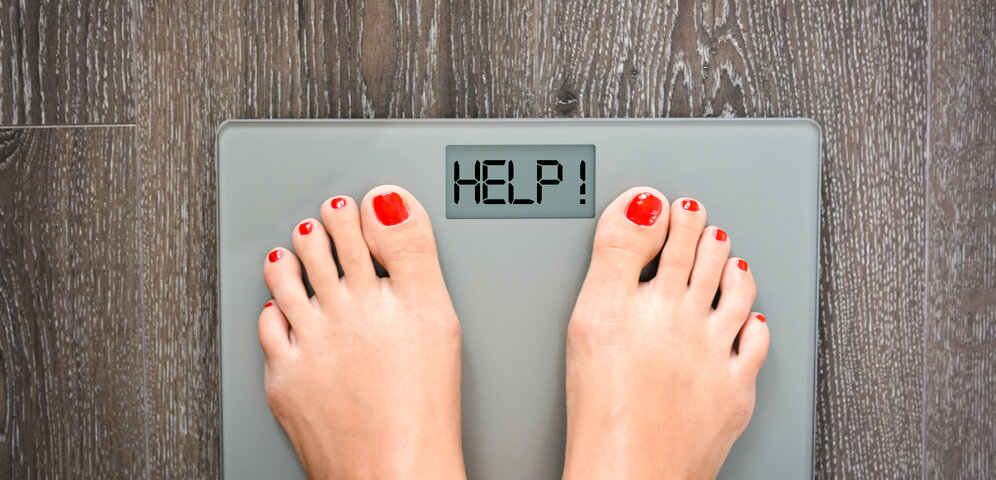No time: The main factor of an inactive lifestyle
"One of the main reasons for the decline in physical activity among Slovaks, especially women and older people, is a combination of a sedentary lifestyle, work overload, and lack of motivation or access to suitable physical activities," explains Zuzana Chovancová, a nutrition specialist at Kompava.
According to her, the health condition, joint pain, fear of injury, or social isolation often play a role among older people. "Women are also burdened with caring for family or household and simply don't find time for physical activity," she adds.
Her words are confirmed by survey results. Respondents stated that the most common obstacle preventing them from exercising is precisely the lack of time. Up to 43.4% of respondents see this as the main problem. Health problems prevent physical activity for a third (30.5%) of respondents, and lack of motivation stops 21.1%.
Motivation for exercise can often be triggered by a small adjustment in daily routine. "When a person starts sleeping better, eating regularly, and feeling more energetic, a greater desire for movement often naturally follows. Changing diet can also help – not to lose weight, but to feel better about oneself," describes Zuzana Chovancová. People who feel lighter and more vital usually want to move more. It helps a lot if they find a physical activity they enjoy at least a little. "The body moves – and that's the key."
Little movement = many illnesses
Lack of physical activity, according to Zuzana Chovancová, leads in the long term to many serious health consequences and increases the risk of chronic diseases such as type 2 diabetes, cardiovascular diseases, or high blood pressure. It may also contribute to mental health problems and overall deterioration in quality of life. "Physical inactivity also leads to loss of muscle mass, impaired balance, and increased risk of falls in seniors. Immunity may decrease, and recovery after illnesses can be prolonged," she warns.
The solution, according to her, is supporting physical activity from a young age, creating accessible environments for an active lifestyle, and raising awareness of the importance of even mild daily activity for health. "It does not have to be just sports but also simple daily activities like walking, gardening, or dancing. Even small but regular activity can have a great impact on physical and mental health," she appeals.
When it comes to outdoor activities, cycling and hiking are the most popular
On the other hand, when Slovaks engage in physical activity outdoors, they most often choose cycling. One-fifth of respondents regularly ride a bike. Hiking follows closely, with 15% regularly practicing it.
"These are physical activities that are accessible, require minimal equipment, and at the same time allow contact with nature, which many people appreciate after a period of increased stress and sedentary lifestyle. This trend applies to all age groups, including seniors, who often find not only movement but also socialization and mental relaxation in hiking," describes Zuzana Chovancová.
She points out one important factor – hiking is a weekend activity that is followed by a whole week of sedentary lifestyle. "That’s why it is important to complement it with regular and moderately intense activity. For example, daily walking, light strength training, or exercises for balance and flexibility," adds the Kompava expert.
The World Health Organization (WHO) recommends at least 150 minutes of moderate-intensity aerobic activity per week, which corresponds, for example, to brisk walking for 30 minutes five times a week.
Health and fitness are the main motivation for movement
In the survey, Slovaks also expressed that the main motivations for outdoor physical activities are health and fitness (33.7%). Relaxation and mental well-being motivate 27.4% of respondents, and 14% are motivated by weight loss or maintenance.

